Photo credit: Classic Car Auctions
Classic Car Auctions, the first “low-cost” auction house, a sort of Ryanair of the auction houses because it appeals to a market that is far too often snubbed and is, on the contrary, the true lifeblood of the world of collectibles; their slogan is “Everyman Classic” and they rarely accept cars worth more than £50,000. This time only two lots exceeded that figure. For the enthusiast who is not a magnate and for whom Pebble Beach appears only on glossy magazines, this auction is a veritable playground!
Interested in discovering the tastiest lots? Then follow me.
Let’s start with an assumption: since they organize their auctions in the United Kingdom, almost all the cars for sale have the steering wheel “on the wrong side”. But not all of them and that’s where I would start looking. The first card from the deck I would like to draw is a Ferrari. Poof! The traditional Ferrari! Yes I know, this is the traditional Ferrari, a 1981 308 GTS Carburettor. This car was imported to England in 1997 from Holland (and therefore a left-hand drive version with European specifications) has 125,000km on the clock, received a full service 300km ago from QV London, booklets, invoices, etc. the usual for this type of car. It’s also the usual Ferrari red with a black interior. So what’s so special? Well, the common denominator of this auction: the low price. The car was sold for £33,480 which, at today’s exchange rate, means just over €38,100. It’s not a joke…
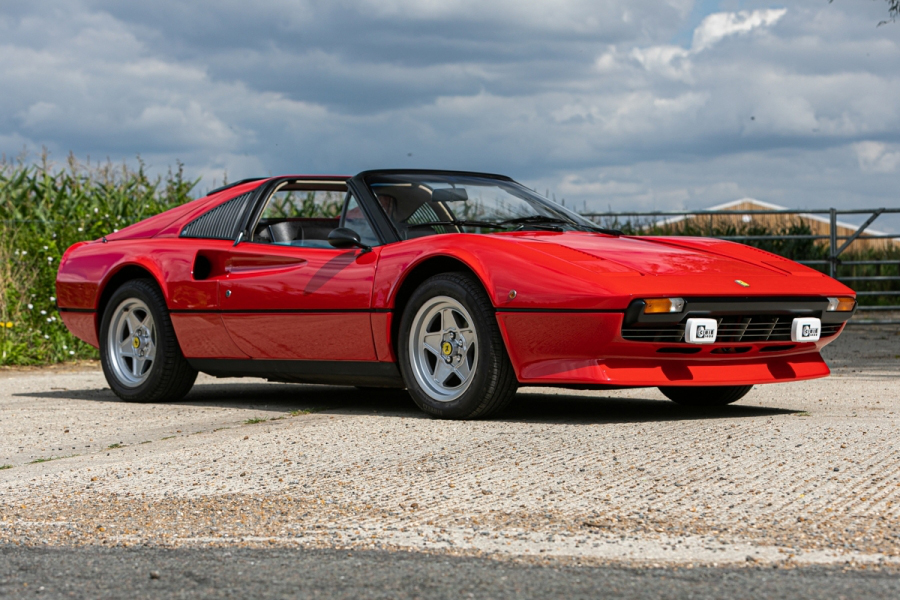
Another car that also came from Holland was the Renault Clio V6. Just hearing this name sends chills down my spine… 3.0 V6, mid-engine, rear-wheel drive, six-speed gearbox. The first series, like this one from 2001, had a 230hp engine (the second series produced 255hp) but weighing just 1335kg it had a power-to-weight ratio of 172hp/ton meaning the performance was crazy. It was presented in Iceberg Silver – the colour used for 1,415 examples out of the total of 1,513 produced – with black interior and 71,000km on the clock. You have to pay close attention to these cars because being track animals, such a high mileage could mean the car has been reduced to shreds. This particular example allayed those fears because just 4,000 km before it had been put through an extensive service (for a total of £3,000) by a specialist. For £21,870 (around €24,900) one could have brought home a genuine instant classic, a car that anyone who grew up between the late 90s and the first half of the ‘00s would love to put in their garage. Didn’t you buy it? Hurry up and find another one because it won’t go for these numbers for much longer.
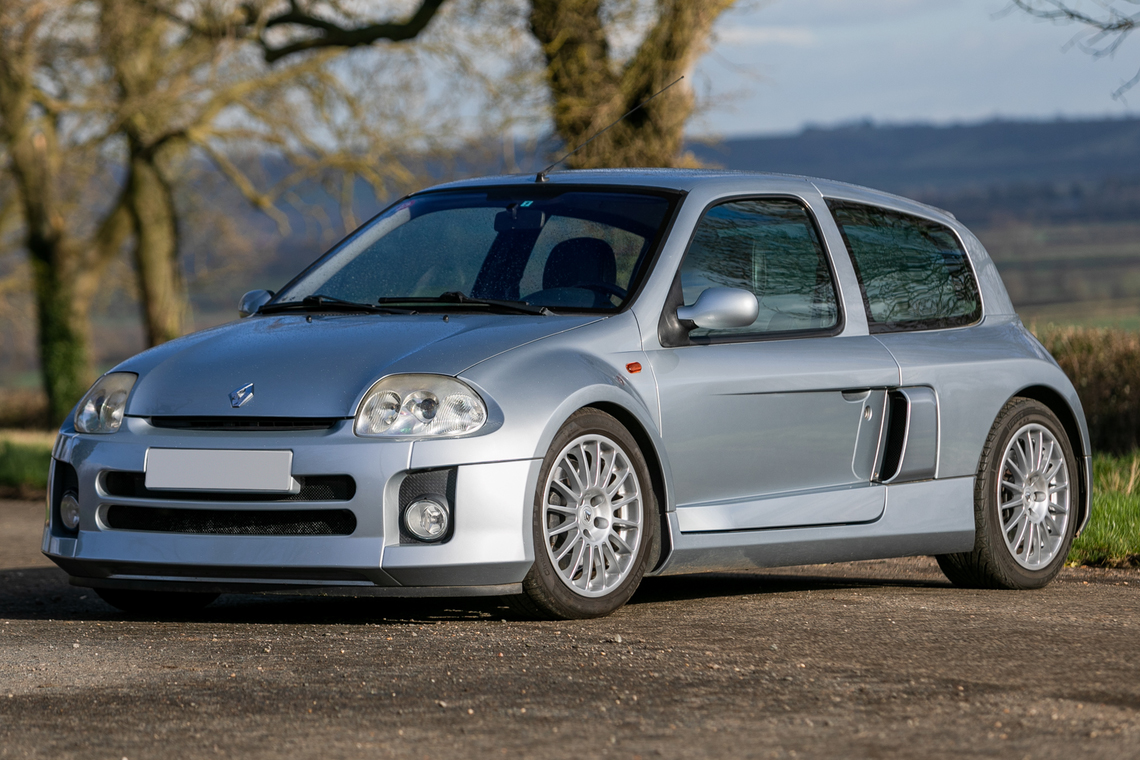
Speaking of iconic cars produced between 1995 and 2005… allow me to mention a right-hand-drive car. In reality it’s pretty much impossible to buy a 2000 Mitsubishi Lancer Evo VI Tommi Mäkinen Edition with left-hand drive since they only produced 730 of them. Almost all Tommi Mäkinen Editions (or TME for fans) are red while this one came in an elegant Metallic Dark Blue. Sure you’d never buy this car for its plastic interior from a boring 90s Japanese sedan, but there are valid reasons once you add a 2-litre engine with a titanium turbo producing over 300hp to the equation. Just like the Clio, as it’s a very sporty car (rally in this case) a live check is compulsory. Ah! Sure! The price! £21,870 or €24,900 (same figure as the Clio V6). Sorry, I was already daydreaming.
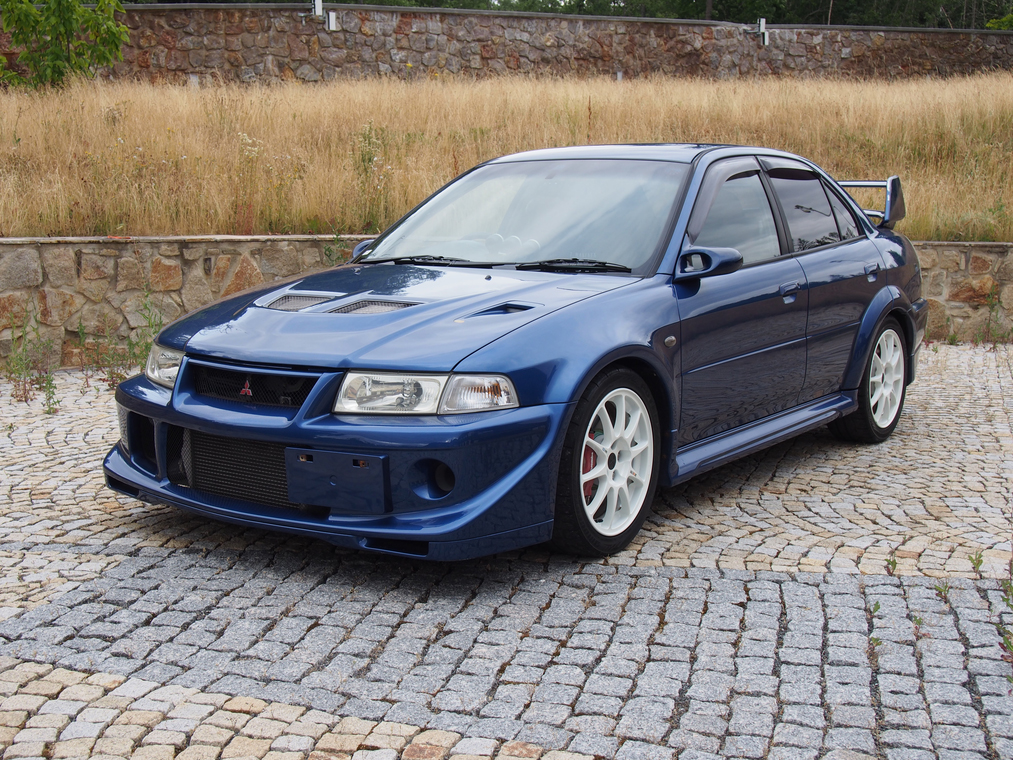
If you think about it, driving a left- or right-hand-drive car on the track makes absolutely no difference, indeed it could even be a small plus. Because just like being left-handed helps if you’re a boxer, having a right-hand-drive car on the track allows you to overtake in sections that a continental driver simply would not expect. So why not look for your track day car here too. The answer might well have been the 1961 Fairthorpe Electron Minor MkII. Don’t be fooled by its diminutive size because here that means lightness. This example was fitted with an engine from the Triumph Dolomite Sprint 16V (130hp), and gearbox and limited slip differential from a Triumph GT6. With these characteristics, if you went to Le Mans you might not win, but for £5,500 (slightly less than €6,300) you would pay less for it than it would cost to attend the event. The typical car to buy 50-50 with a friend and enjoy (strictly together) a few laps around the track.
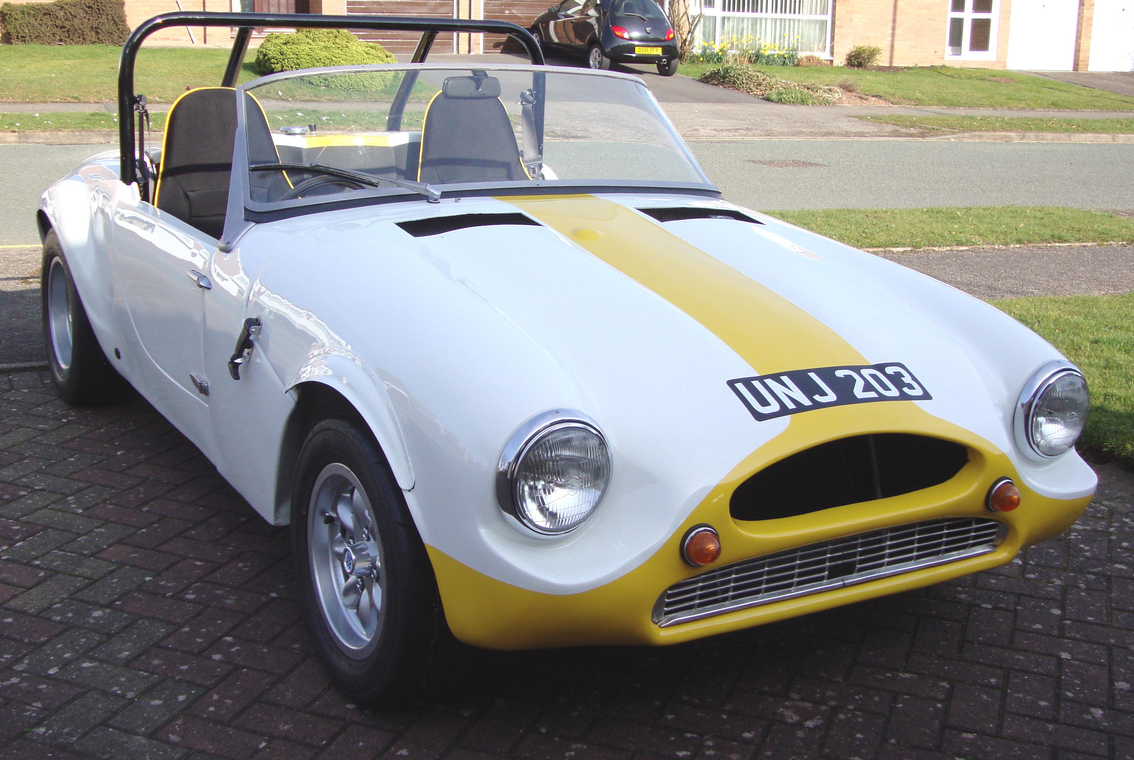
Fifth deal: here we move up a level because the car in question is a 1979 Maserati Merak SS but with a particular feature. The hammer price should tell you everything you need to know: £12,960 equivalent to €14,770; this means that it was in very poor condition, indeed it required a complete restoration. However, here’s my idea: the car was originally right-hand drive, Rosso Maserati with black interior and is currently totally disassembled with its beautiful 3-litre engine already tested and working. Why not keep the right-hand-drive dashboard in the garage and convert it to left hand drive? Sure you would lose a bit of history but as these modifications are reversable you could return it to its original state at any time. And the colour? I would have it in mink (very 70s) but also black with gold wheels…
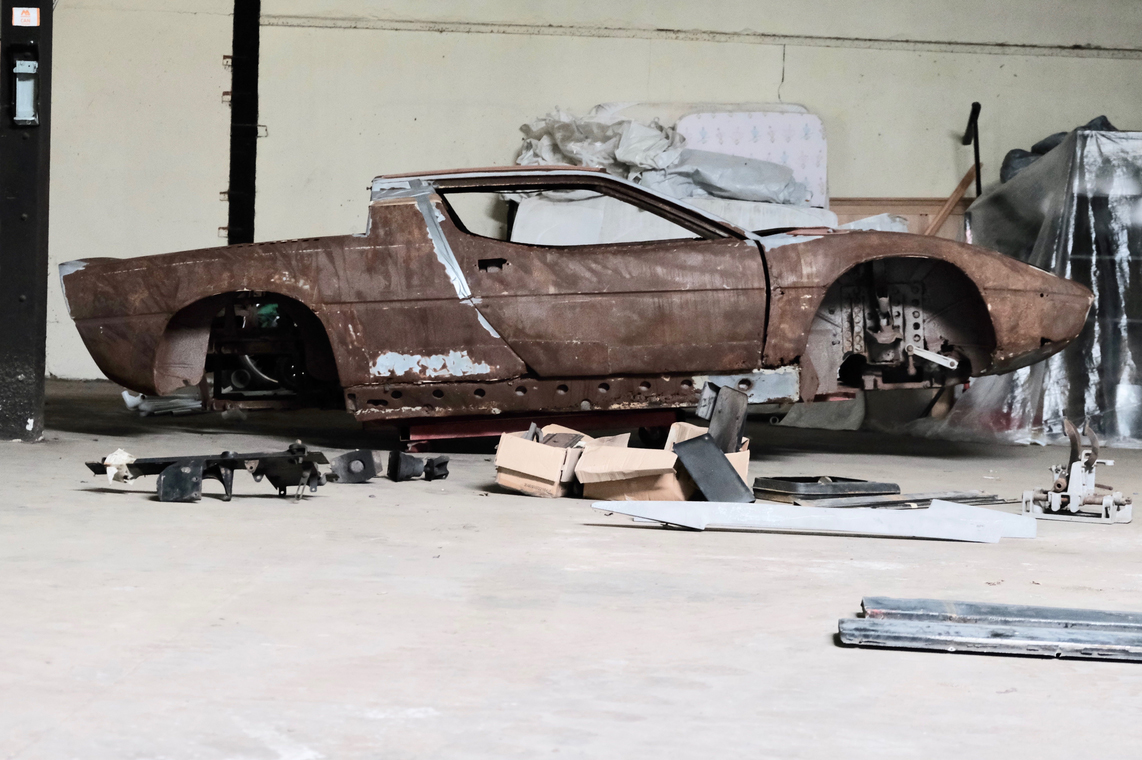
Did you miss these five opportunities? Don’t despair! Subject to amendments (coronavirus) the next auction should be held in mid-June. And now you no longer have any excuses.